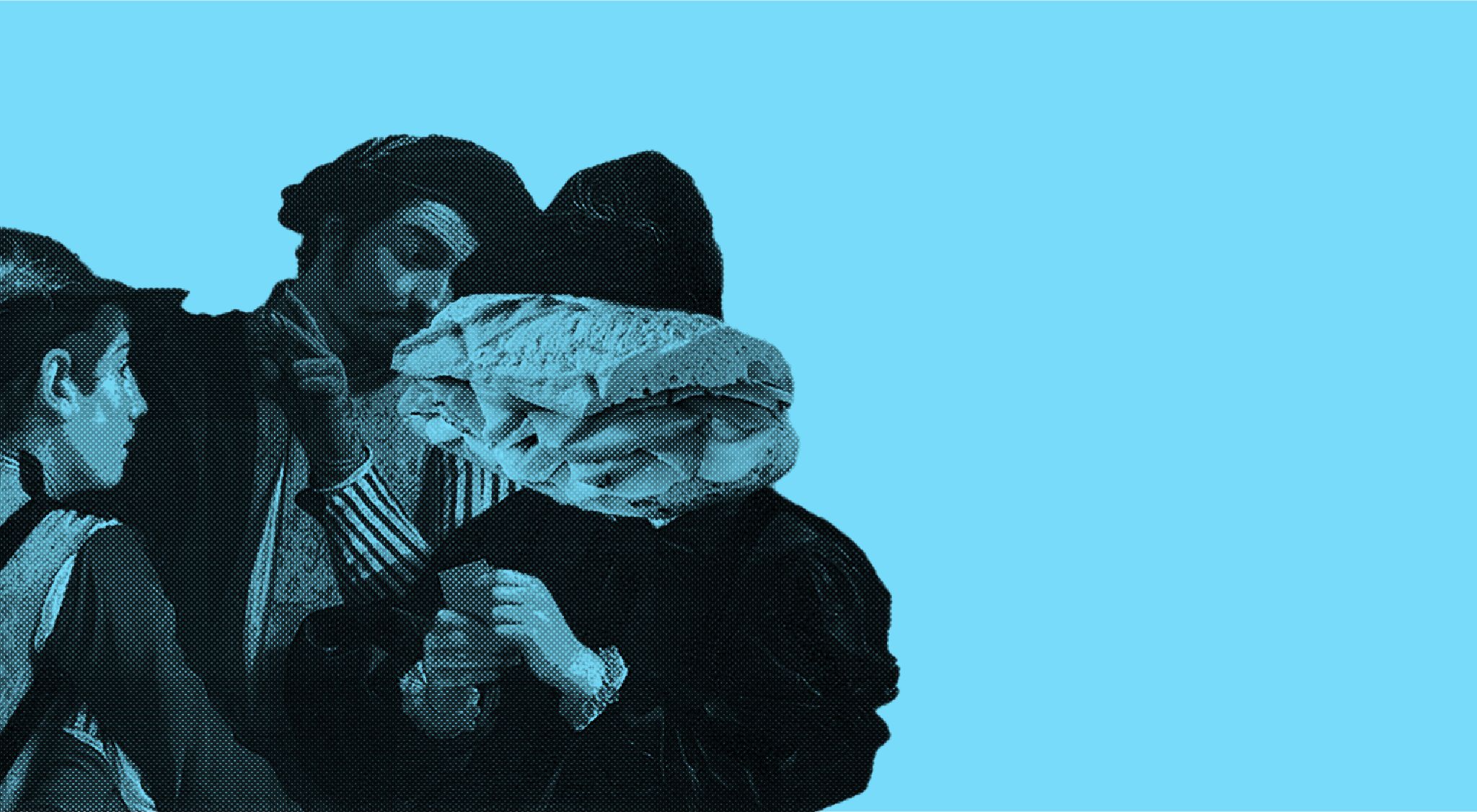According to researchers, the average person processes as much as 75GB of information every day. The equivalent of watching 16 movies. Now we may process 75GB of information, but we certainly don’t notice, engage with, or remember that much. Over time, our brains have learned how to filter and decide what is, and isn’t important. There are certain cues, elements, and rules that determine what makes the cut.
Stories make the cut, but not every story.

There is a rigour and science to creating a story that sticks. At Pilot, we have boiled it down to 5 core components we call Story Design.
The Story of Sandwich
Take the story behind the word ‘sandwich’.
While the exact details are still subject to debate amongst historians, ‘sandwich’ dates back to the 18th century and is set around a dimly lit table in an English castle belonging to John Montagu, the 4th Earl of Sandwich. Despite holding several important posts throughout his career, the Earl’s corruption and incompetence is what he’s often remembered for. That, and his gambling sessions.
Sandwich was a notorious gambler; that he took seriously. So seriously, in fact, he would refuse to take meal breaks. He would sit at the card table for hours on end, not once losing focus on the game at hand. As hours passed, and the rumbles from his stomach grew louder, he would ask his servants to bring him pieces of meat between two slices of bread. Something filling, but easy. Over time, his gambling friends would start to order “the same as Sandwich” and from there, the “sandwich” was born.
Now, imagine all I told you was that the word sandwich originates from the name of an 18th century Earl…
In one ear, out the other.
It’s devoid of story.
It lacks emotion.
It reduces the likelihood that you’d share it.
Would you even remember it?
Facts don’t move people, stories do.
How the Brain Remembers Stories
Our brains are pattern-seeking devices. They’re constantly looking for meaning and ways to make sense of the world. And stories help us do that. Stories allow our brains to weave together facts, events, and memories into a cognitive structure that reduces ambiguity, but also increases the potential for recall.
Our brain forms patterns in a number of ways. We remember things that trigger an emotion, things that make us feel. Maya Angelou said it best when she said, “people will forget what you said, what you did, but people will never forget how you made them feel.”
Did you feel Sandwich’s unwavering focus on the game at hand? The silent satisfaction he must have felt discovering the bread and meat hack?
The Power of Images, Interest, and Intrigue
But it’s not just remembering how stories make us feel. We also have an incredible capacity to remember images.
Can you picture that dimly lit, perhaps smoky gambling room? When you thought about the sandwich did you envision white or brown bread? The story of Sandwich and his sandwich illustrates another important memory making factor – interest and intrigue.
We remember things that are out of the ordinary or of interest to us. Yes, we all know the joy of seeing your food arrive at your table, but hosting mammoth gambling sessions in an 18th century. English castle is likely different enough to increase the chances of recall.
Designing Stories We Remember
The story of Sandwich and the sandwich wonderfully demonstrates some of the key ingredients (pun not intended) that go into designing a story that sticks. These are the important components that we think about every time we build brands and craft stories for our clients.
We’ve built it into the core pillars that underpin our Story Design approach.
First, what is the purpose of this story, how do we capture interest at the outset?
Second, is it relatable? Will the audience be able to transport themselves into the world? Can the audience it connect enough to make them feel?
Third, if we’ve done our job correctly, and crafted a story motivating and memorable, is it shareable? Is the story something they’ll want to recount to others?
Fourth, is it actionable? So the audience remembers the story, so then what? What is the desired response? What do they do next?
Fifth, will it spark intrigue and delight? Is it different enough that they will remember it?
We’re exposed to thousands of pieces of content every day, but most we ignore. Some capture our attention, but how many pieces do we actually remember?
You tell me…
Pilot is a Story Design company, applying the rigours of behavioural science and design craft to take brands to new heights.